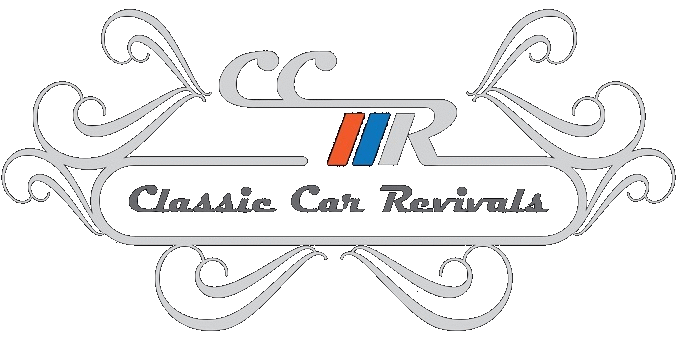Paint and Rust removal
VW Beetle media blasting
Stage 4
This stage is one of the most important stages of any quality restoration. Far too often we see people spend thousands of pounds on having their pride and joy re painted, only for it to start bubbling and rusting within twelve months. This is because the fresh paint has been applied over the old paintwork, meaning any rust or rogue repairs are still under the shiny new paint. This is why it is essential to have the vehicle stripped back to bare metal, to ensure you have a sound base which will last many years without causing blemishes to the new paint work. We will now discuss the methods we chose and why.
Porsche 911 shell after blasting
Media Blasting
The is the primary method we use for our full restorations and we prefer this over acid dipping. We have seen a variety of vehicles that have been acid dipped now (not by us) that have soon rusted between panel joints and seams. There are several theories behind this but once it has happened, the rectification work is extremely involved and costly. Media blasting too has it's pitfalls, for example warping panels. This happens due to heat build up, but if you use a blaster who is experienced in blasting delicate materials you should not have this problem. Our blaster uses a variety of media to blast vehicles depending on what he is trying to achieve. To remove paint on delicate panels a mixture of glass bead and walnut shell is used to remove the paint but without being too abrasive and etching the metal. For chassis that are heavily rusted a more coarse materiel called slag will be used followed by olivine, which is a much less coarse media used for a finer finish.
VW Splitscreen van stripped by hand
Manual Stripping
On vehicles that do not require a full restoration but require an external repaint, we strip the old paint of manually. We do this using a mixture of chemical strippers, mechanical tools and by hand. This is a much more time consuming method but the only viable method if the vehicle is not being completely stripped down.
Sealing - epoxy primer
stage 5
Once all old paint, primer, filler and rust is removed we are left with a perfectly clean bare metal finish. This is the perfect base to start the metalwork, however the metal will immediately start to oxidise. The last thing we want is for the metal to start oxidising (rusting) so the entire shell is coated in epoxy primer which has fantastic adhesive qualities as well as water/moisture resistance, completely sealing the metalwork from the elements. It is important to remember that there is moisture in the air around us so if the shell is going to be unpainted for more than a few days an etch primer is not good enough to stop the moisture in the air initiating oxidisation of the metalwork. The other benefit to the epoxy primers we use is that they can be tinted to the colour the vehicle will finally be painted in.
Porsche 911 epoxy primed




